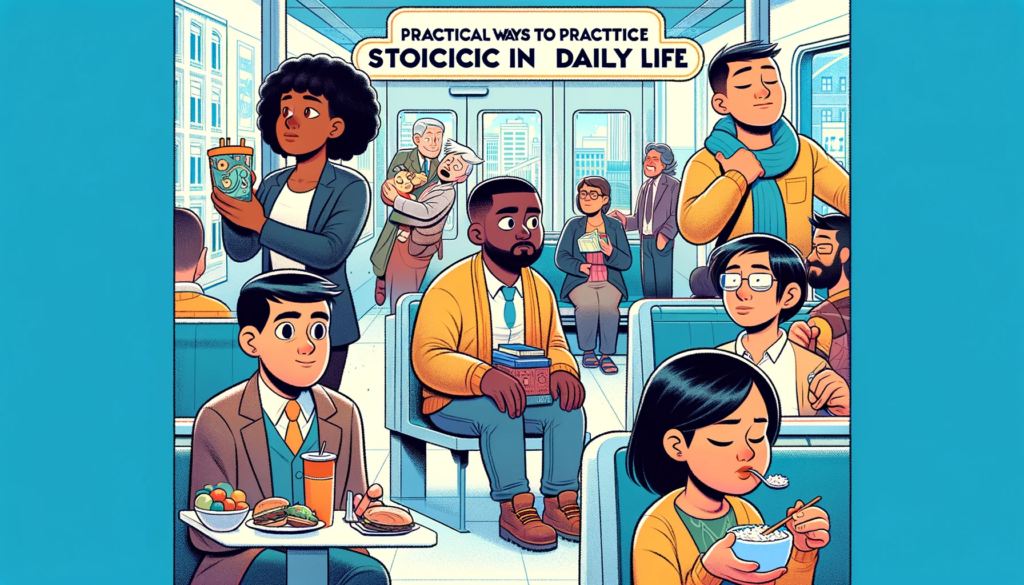
- 1. Start Your Day with Reflection
- 2. Journal for Self-Awareness
- 3. Practice Negative Visualization
- 4. Challenge Your Perception
- 5. Embrace Discomfort
- 6. Develop Empathy and Compassion
- 7. Mindful Decision Making
- 8. Cultivate Contentment
- 9. Learn from Stoic Writings
- 10. Join a Stoic Community
- Related Videos
- Conclusion
While the principles of Stoicism are profound, the true value lies in their application. Here are some practical ways you can practice Stoicism in your everyday life:
1. Start Your Day with Reflection
Begin each morning with a moment of reflection. Consider the day ahead and remind yourself of the Stoic principles – focus on what you can control, embrace change, and act with integrity. This sets a positive, intentional tone for the day.
2. Journal for Self-Awareness
Keep a Stoic journal. At the end of each day, reflect on your actions, thoughts, and experiences. Ask yourself what went well, what could be improved, and how you can apply Stoic wisdom more effectively.
3. Practice Negative Visualization
This Stoic exercise involves imagining the loss of things you value. This doesn’t mean dwelling on the negative but preparing yourself mentally for changes and appreciating what you have now. It fosters resilience and gratitude.
4. Challenge Your Perception
When faced with a difficult situation, pause and consider your initial reaction. Challenge yourself to view the situation from a Stoic perspective. Ask, “Is this within my control? Can I find an opportunity for growth here?”
5. Embrace Discomfort
Occasionally, practice voluntary discomfort. This could be as simple as skipping a meal, taking a cold shower, or avoiding luxuries. It reminds you that happiness doesn’t depend on external conditions and strengthens your resilience.
6. Develop Empathy and Compassion
Practice seeing situations from others’ perspectives. This builds empathy and understanding, helping you respond with kindness and less judgment.
7. Mindful Decision Making
Before making decisions, pause to align your choices with Stoic values. Ask if the decision promotes virtue, integrity, and the common good.
8. Cultivate Contentment
Regularly remind yourself that happiness comes from within. Practice appreciating what you have, rather than constantly seeking more.
9. Learn from Stoic Writings
Regularly read and contemplate texts from Stoic philosophers like Marcus Aurelius, Seneca, and Epictetus. Their writings are a source of wisdom and inspiration.
10. Join a Stoic Community
Engage with a community of people who practice Stoicism. This could be online forums, local groups, or discussion panels. Sharing insights and experiences with others can deepen your understanding and application of Stoic principles.
Related Videos
Conclusion
Practising Stoicism is not about suppressing emotions or enduring hardship without complaint; it’s about cultivating inner strength, wisdom, and peace. By integrating these practices into your daily routine, you can develop a more Stoic approach to life, leading to greater resilience, happiness, and fulfilment.









